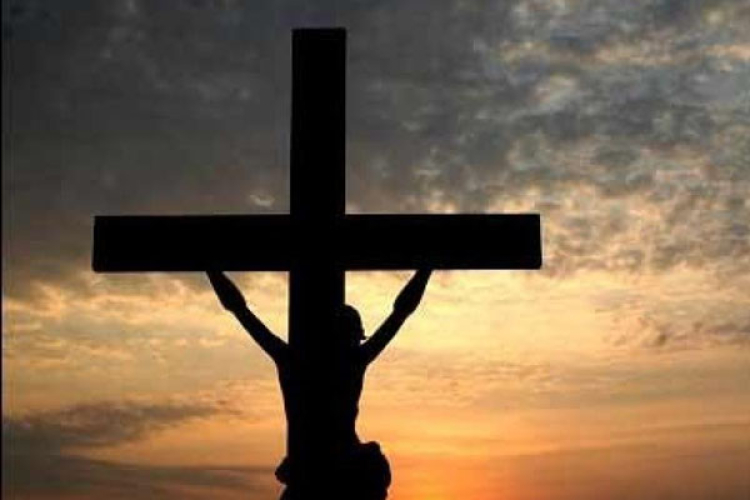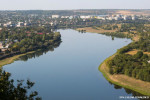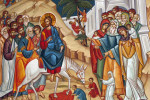
From today, April 14, Orthodox Christians enter Holy Week, the last, but also the strictest, week during which parishioners fast hard. Also known as Passion Week, it represents the culmination of the labors of the Savior Jesus Christ and the pinnacle of the spiritual endeavors of the faithful, IPN reports.
On the day after Easter, when Christ's entry into Jerusalem is marked, the Lent of Sorrows begins. During these days the events experienced by the Savior Jesus Christ in the week leading up to His Resurrection are remembered. The Church urges Christians to relive those events through fasting and prayer.
Monday reminds parishioners of the unripe fig tree, which withered away through the curse of the Lord. The withered fig tree was a symbol, a parable of God's damnation of Israel for not recognizing his Messiah.
On Tuesday, the churches remember the ten virgins who came to Jesus Christ. Five of them came with oil in a candle and met the Savior. While the other five virgins could not enjoy their encounter with Christ because they went to buy oil for their candles.
Wednesday commemorates a harlot who anointed Jesus Christ with ointment when he entered the house of Simon the leper. This woman is said to have washed the Savior's feet with tears. For her deed, all her sins were forgiven.
The Thursday before Easter is known as Maundy Thursday or Black Thursday - it is the day that reminds us of the Last Supper. On Thursday evening, the Holy Gospels are read in churches.
Friday in Holy Week is the day on which Jesus Christ was crucified, the day that reminds people of the sufferings endured by the Savior. Good Friday is all liturgical, meaning there are no liturgies. On that day, only the Mass of the Entombment of the Lord is celebrated, and the Prochoul is read.
On Saturday morning the last Mass is celebrated, and at midnight the Resurrection Mass begins.











